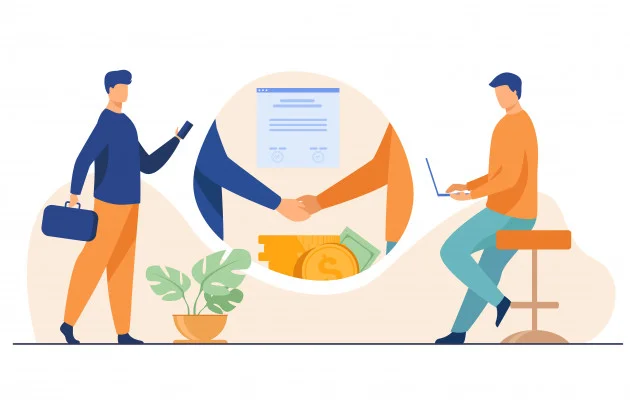

Anyone with passion and gusto for e-commerce deserves a good web shop. Getting started with e-commerce is not easy, however, but it is worth considering if you have ambitious future plans. For both small independents and large companies, switching to e-commerce can seem complex. While the goals of Web stores are often aligned, e-commerce choices can differ. Addressing the right issues on a Web shop has an immensely positive impact on the bottom line.
We at PHPro have developed a checklist to help you address the right issues:
1. Features for your target audience
To sell anything remotely online, you need to understand the needs of your target audience. You may think you need certain webshop features, but are you always thinking in terms of your customer? It is important to first determine your target audience well, and only then determine the features that might add value to them.
Most of the decisions to add new features to a web shop are made wrong, they are not made through the eyes of the customer. It may also be okay to look at what features competing web stores have, but this does not mean that they have always done it right. They can also just try something out without considering data or their target audience, right?
PHPro tip: check out reviews of products on a competitor's website! This will not only save you time and money, but also save you from costly mistakes and immediately notice what really counts.
2. Make the right choice of platform
There are many platforms to easily set up an online shop. So you may think, “Nice, plenty of choice then?”. But make no mistake, it is important to take the necessary time to choose the right and most suitable platform. You can compare it to buying a house or business premises, you don't do this in one day either. The bottom line is that you often have to work with one platform for years. A move or a migration of a webshop is always possible, but this often involves costs and extra effort.
For each webshop the functionalities and possibilities are different. Try to think months to years ahead first. Do you see that the functionalities are too limited to reach your goals? Then take a timely look at whether the same functionalities are available as standard on another e-commerce platform! Once you have made a platform choice, you can't go back very quickly.



3. Consider logistics and automation
A correct flow of your webshop is one thing, but don't forget that there is still a back-end and logistics behind the scenes. In a back-end it must be possible to track and process orders. During certain periods it can get busier than usual, then it is often all hands on deck. So it is not only important to receive order information properly, but that automated processes take place. Nowadays, consumers are trusted to stay informed and receive their orders on time.
Today, order information and statuses can be linked to third-party extensions. For example, it is possible to quickly create a shipping label with data already entered from the back-end. Furthermore, a track & trace code can also be automatically sent to a customer. So be sure to think about how you will combine logistics with smart systems to make that flow optimal! This is good for the process and for your customers.
4. Be compliant with regulations
E-commerce has been growing stronger and stronger in recent years. With the rise of online shops and e-gigants, some legal requirements have been added over the years. For example, a few years back, the General Data Protection Regulation (GDPR or AVG) legislation went into effect in the European Union. It is a set of rules introduced by the European Union with the aim of protecting the data and privacy of natural persons. This also had an impact on e-commerce due to the amount of data that web shops collect. Webshops often use analytics and applications that can place cookies and trackers in a user's browser. Describing in the cookie policy which cookies are used is important.
Furthermore, there is also the legal trial period to which consumers are entitled. Nowadays there are fortunately enough e-commerce companies and standard templates on the Internet that can support you in this.



5. Engage with the right partners
Growing through e-commerce is not something you do alone. Collaborations with other parties can give you greater added value! Because, for example, payment providers specialize in safe, reliable and easy payment systems, you add reliability to your webshop. Online marketing specialists will in turn ensure that the orders flow in. Do you work with an IT partner who is ready day and night to keep your shop running smoothly or to optimize it? Good, then you can rest assured that the orders will keep coming in!
Getting started with an e-commerce checklist
Making the right choices are important to achieve your e-commerce goals smoothly and efficiently. If you don't do this, starting an online store can become problematic and cost more than originally thought. Be sure to try to take the above checklist items into account.
Do you have any e-commerce questions?
Do you have other e-commerce questions or would like to receive a quote? Feel free to contact one of our experts and tell us more about your challenges! We are already preparing a cup of coffee.
Our references



